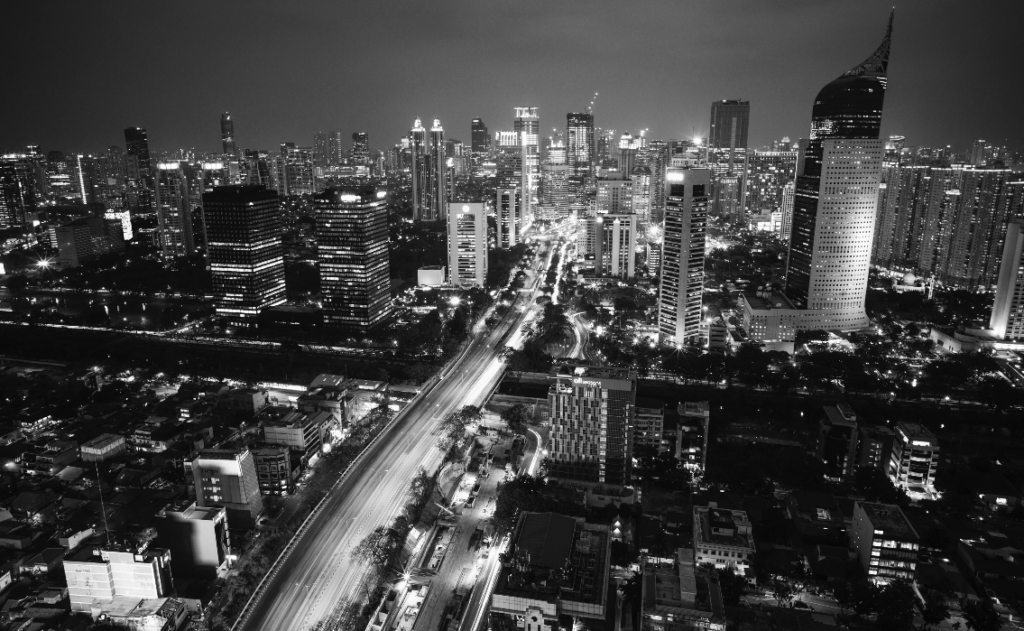How Indonesia is Becoming an EV Hub
With rising awareness around the climate crisis, eco-friendly automobiles like electric vehicles (EVs) are slowly garnering hype. Southeast Asia’s largest economy, Indonesia is homing in on its target of developing a robust domestic EV industry. However, an acute shortage of charging stations remains a huge hindrance. To cut its dependence on oil imports, the country issued a presidential regulation in August 2019 to promote the local EV sector. But, there’s a lot to be done before its EV goals are achieved. Find out how Indonesia is Becoming an EV Hub.
What do the numbers tell us?
Indonesians are becoming conscious of the impact of gasoline-based vehicles on the environment. This is evident from the sales figures of EVs; 2019 saw a growth rate of 2,300% as compared to 2018. This growth is likely to continue; government figures forecast over 3,26,000 EVs on the road by 2025.
One of the greatest challenges that the Indonesian EV industry faces is a lack of charging infrastructure. State-owned electricity corporation PT Perusahaan Listrik Negara (PLN) forecasts that Indonesia needs 31,000 or more EV charging units by 2030 to achieve its goals.
This lack of infrastructure isn’t the only problem. A significant concern lies in making new laws around battery recycling as lithium battery waste can build up quickly due to a limited lifespan. This is counterproductive as EVs’ central objective is eco-friendliness. Furthermore, electric motorbikes are 1.5 times costlier than their fossil-fuel engine counterparts, while electric cars are thrice as pricier.
Incentives to grow the EV industry
To attract investments in the industry, the government has put forward several incentives. For stimulating demand, several perks such as decreased annual vehicle taxes and luxury tax rates, along with subsidized fees at charging stations will be provided. More benefits likely to be given include dedicated EV lanes and special parking lots.
Also, the focus is laid on increasing domestic production and decreasing dependence on imports. Hence, car manufacturers are encouraged to ensure locally produced items make for at least 80% of EVs and hybrid vehicles by the year 2030.
How Indonesia is trying to overcome the charging station shortage
The electric charging infrastructure action plan of PLN is being aided by 13 companies installing electric charging stations all across Indonesia. Over a third of these stations are set to be in the capital city, Jakarta.
Recently, Indonesia’s state-owned natural gas and oil company, Pertamina, launched a charging station in Jakarta with an aim to decarbonize the country. Additionally, the goal of installing 52,125 battery swapping stations by 2035 is set to be achieved to meet the energy requirements. EV growth is further supported by centralizing business permit issuance for three station types– private charging, commercial charging, and battery swapping.
Wrapping things up
Due to COVID-19, Indonesia’s EV plans have taken a big hit as fiscal spending and government budgets suffered an impact. Still, the country has to arrive at practical solutions if Indonesia is becoming an EV Hub. The infrastructural shortage remains the biggest hurdle in achieving this feat.
Smart IoT-enabled parking solutions offered by players such as Get My Parking can transform parking spaces into intelligent mobility hubs with EV charging facilities. Not only will this transition to EVs be environmentally advantageous, but it will also play a critical part in elevating economic growth in a post-pandemic era.


